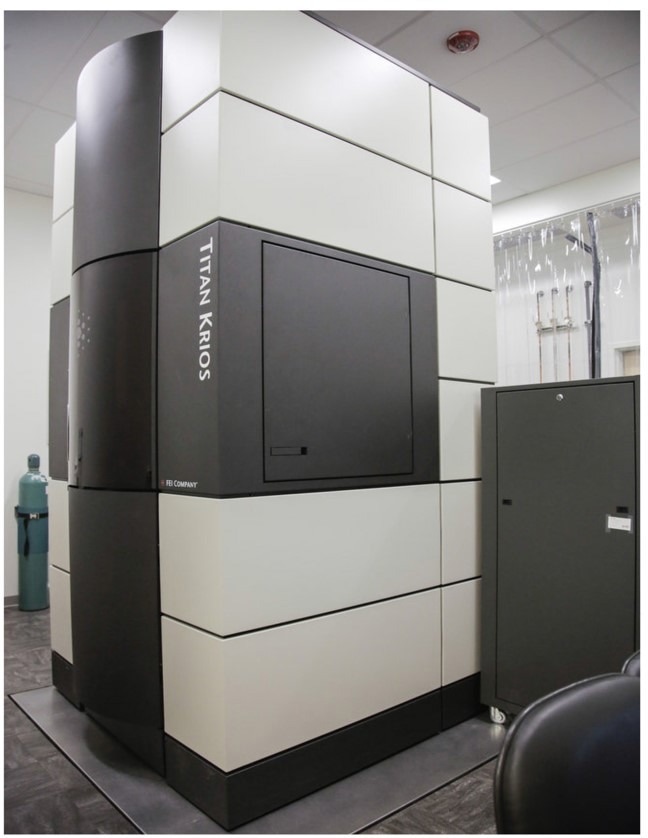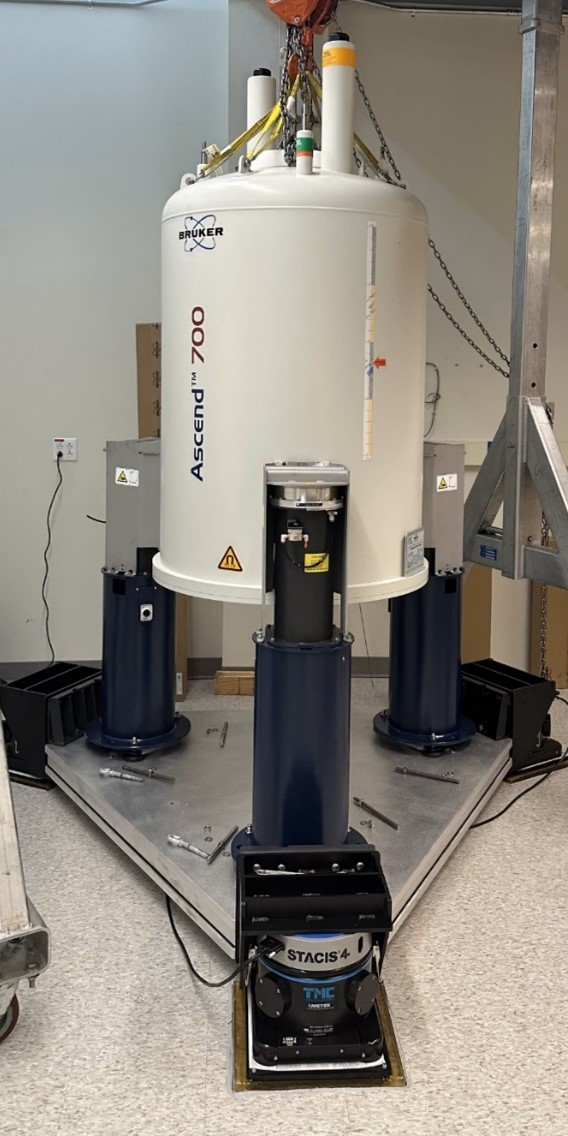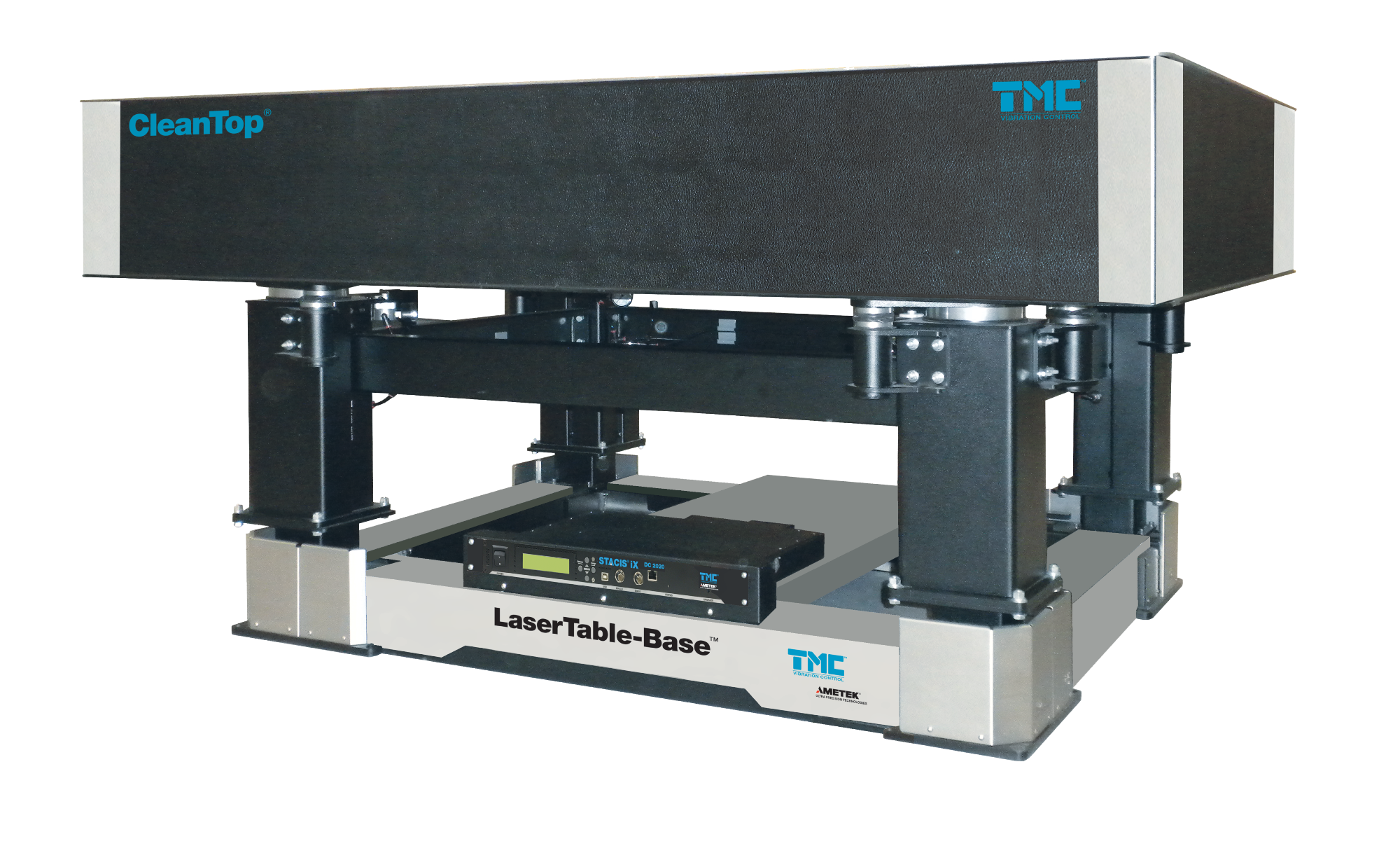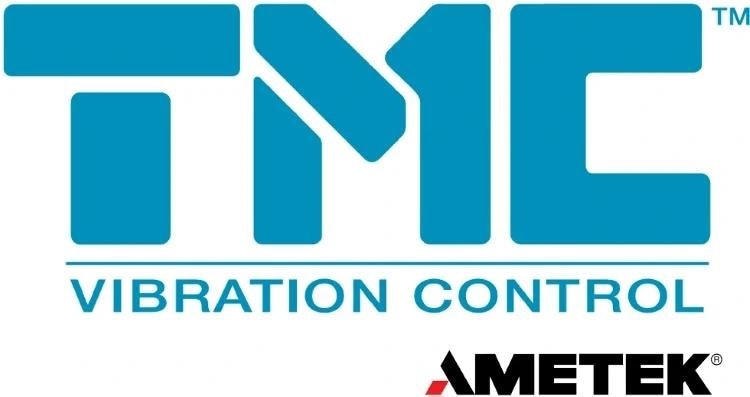Cryogenics and vibration isolation may not be the most visible parts of a scientific setup, but they’re absolutely essential for instruments that require extreme precision. Whether you're working with cryo-electron microscopes, NMR spectrometers, or quantum computers, keeping systems cold and vibration-free is key to producing reliable, high-resolution results.
In this interview, AZoMaterials talks to Brian Kieth from TMC about how cryogenics is used to achieve extreme cooling and why that’s so important for sensitive experiments. The discussion covers the different types of cryostats, the pros and cons of wet and dry systems, and the impact these choices have on vibration.
Can you give us a brief overview of what cryogenics is and what it is used for?
Cryogenics is the study and application of extremely low temperatures, typically achieved using cryostats. A cryostat is essentially a vacuum-insulated environment designed to cool samples using liquid cryogens - such as nitrogen or helium - or a mechanical cooler.
Low temperatures in cryogenics start around 120 K, as this is the point where common gases begin to liquefy. Nitrogen, for example, liquefies at 77 K and is the most affordable and abundant cryogenic fluid, largely because it makes up the majority of Earth’s atmosphere. To reach even lower temperatures, liquid helium is used, which liquefies at just 4 K.
One way to reduce mechanical vibrations is by simply cooling a system. Lower temperatures mean less average random motion, which contributes to vibration. While this isn't the whole picture - cryogenic electron microscopes, for instance, still need robust vibration isolation - it highlights one important aspect of how cryogenics is applied.
The other major application involves phase transitions. Solids, liquids, and gases are different phases of matter, and the process of moving from one phase to another is known as a phase transition. Temperature plays a key role in these transitions, often in tandem with pressure. For example, when you heat water to its boiling point, it undergoes a phase transition from liquid to gas. This temperature is called the critical temperature, and it can vary: lowering the pressure, as at high altitudes, reduces the boiling point, while increasing pressure - like in a pressure cooker - raises it.
Can you give an overview of the types of cryostats used for achieving such low temperatures and the impact of the choice on vibrations?
The main choice when selecting a cryostat is whether to go with a wet or dry system. A wet cryostat uses liquid cryogen in an open-loop setup, meaning the boiled-off cryogen is vented to the atmosphere. In contrast, a dry cryostat operates with cryogens inside a mechanical refrigerator in a closed loop, where virtually no cryogen is lost.
If you're working with a liquid nitrogen system, it’s always open loop, mainly because liquid nitrogen is inexpensive and widely available. But liquid helium-4, for example, costs around $25 per liter (at last check), and helium-3 - a rare isotope - is roughly 100 times more expensive. This is where a dry cryostat offers a major advantage: all boiled-off helium is recondensed and reused within the system.
However, dry systems come with trade-offs. First, they are significantly more expensive to purchase. Second, their cooling power is lower. Nothing matches the cooling effectiveness of liquid helium in a wet cryostat. Finally, there’s the issue of vibrations. Dry cryostats rely on refrigerators with moving parts, particularly pistons that rapidly compress and cool the gas, which introduce mechanical vibrations. These are hard to isolate and can be compared to placing a moving platform on top of your experiment table.
In contrast, wet cryostats generate minimal vibration, limited mainly to the gentle boil-off of cryogens, making them preferable for applications sensitive to motion.
What can one do to mitigate vibration from a dry cryostat?
That depends. One additional factor to consider is the type of cryostat configuration - specifically, whether it’s top-loading or bottom-loading. While these terms refer to how the sample or device is inserted into the system, they’re not particularly critical anymore, and, in fact, can be misleading. A bottom loader can technically be mounted from the top; the terminology just stuck, even as the technology evolved beyond the original meaning.
In a bottom-loading cryostat, the sample is mounted directly to the cold source, which is in mechanical contact with the refrigerator. While you can still isolate the entire system from the floor using traditional methods, the refrigerator functions like a moving stage. This introduces direct vibrations to the sample, so mitigating them requires custom engineering.
You might reduce the system’s response to those vibrations by increasing the overall mass, thereby lowering the acceleration, or by introducing a counteracting stage that applies a force to cancel out the vibrations from the refrigerator.
In a top-loading cryostat, the sample is attached to a probe - essentially a sample stick - that’s inserted into a chamber of exchange gas helium. This gas is cooled by an external cold source, which could be either a liquid helium reservoir or a mechanical refrigerator. A flexible rubber bellows seals the exchange gas space and creates a soft mechanical link between the sample and the cold source.
As the sample and the refrigerator can be independently supported, the mechanical vibrations from the fridge don’t directly reach the sample. To reduce ambient ground vibrations, passive air tables or active vibration isolators can be added for even better isolation.
What are some typical instruments that use cryogenics and require vibration solutions?
Cryogenic Electron Microscopes
A cryogenic electron microscope is a very common example where the sample to be tested is frozen very quickly so that ice crystals don’t form. The sample is thus suspended and moves much more slowly, allowing it to be resolved with a microscope without pesky ice crystals obscuring the view.

Image credit: OHSU
The resolution of modern cryo transmission electron microscopes is on the order of an angstrom or two, so even very small vibrational disturbances will affect image quality. In addition, image acquisition times can be on the order of hours or days, so these microscopes need an environment almost completely free of floor vibration.
Cryo TEMs are also very large and heavy instruments, so special accommodations are usually made to the floor. A typical installation would make use of our Quiet Island platform. This is a steel platform several inches thick to hold the base of the microscope. The Quiet Island is supported by our STACIS active vibration control isolator legs. This configuration can reduce vibration in the low-frequency range of 2 Hz by up to 99.9%.
Nuclear Magnetic Resonance Spectrometers (NMR)
Another type of instrument that uses cryostats is a Nuclear Magnetic Resonance Spectrometer (NMR). NMR magnets need to create very strong magnetic fields in order to stimulate the sample. To do this, they need to take advantage of superconductivity, which requires the magnets to be cooled to 4 K.
The sample being analyzed is positioned at the center of the magnets on a long rod suspended from the top of the cryostat. Any movement of the sample relative to the magnetic field will affect the results of the analysis. A typical vibration control solution would entail our MaxDamp legs supporting the Dewar to isolate it from floor vibration. Oftentimes, for the ultimate performance, the MaxDamp isolators are placed on top of a STACIS active platform. This provides the ultimate vibration isolation solution for NMRs.

Image credit: Bruker Biospin
SQUID Magnetometer
The acronym SQUID stands for a superconducting quantum interference device. These are somewhat like an NMR in that the sample sits inside of a superconducting magnetic field.
There are other technical details about the SQUID magnetometer that make it unique from the NMR, but essentially it is detecting single quantums of magnetism, and the sample on a sample rod is moving the sample through the magnetic field. As you can imagine, this is extremely sensitive to any kind of vibration to the magnet or to the sample holder. These types of instruments typically require at least two types of vibration isolation - one for the instrument itself and one for the sample holder.
Quantum Computers
A very common usage of dilution refrigerators these days is in quantum computing. Quantum computers need to be shielded from all noise sources. They need to be cold, vibration-free, and have no electrical or magnetic signals interfering with the quantum state. In the SQUID application, or NMR application among many others, the sample can be bathed in gas helium. That does not work for a quantum computer, and as such they all use bottom-loading cryostats. In bottom-loading cryostats, the refrigerator is connected right to the sample, so vibration control is challenging.
One solution is to use flexible couplings to divert much of the vibration to the floor. Then the instrument can be isolated from the floor vibration using active isolation like the STACIS platform.

Image credit: QuEra Computing Inc.
If the floor has higher-frequency vibration, we can supply a honeycomb optical top, essentially a metallic version of the carpenter’s torsion box, along with our gimbal piston air isolators. The air isolators work as a soft spring with a resonance frequency of 2 Hz. It provides isolation above this resonance frequency.
If high and low frequency are issues, then our LaserTable-Base could be considered, as it mixes our STACIS and gimbal piston technologies to provide both high and low-frequency isolation.

Image credit: TMC Vibration Control
About Brian Keith
Brian Keith is an applications engineer with TMC. He has a Ph.D. in Physics from Clark University. There, he worked with the novel magnetic materials group. After graduate school, he worked in Cryogenics for ten years and has been with TMC for the past two years.
About TMC Vibration Control
TMC is a global leader in precision floor vibration isolation systems with over 50 years of experience.
Major research centers, OEM and end-user semiconductor manufacturers, drug discovery companies, and nanotechnology labs across all seven continents rely on TMC solutions to support ultra-precision measurements, instruments, and manufacturing.
TMC’s precision floor vibration isolation product line ranges from isolated microscope bases and damped optical tables, to sophisticated active vibration cancellation systems featuring piezoelectric actuators and digital controllers.

This information has been sourced, reviewed and adapted from materials provided by TMC Vibration Control.
For more information on this source, please visit TMC Vibration Control.
Disclaimer: The views expressed here are those of the interviewee and do not necessarily represent the views of AZoM.com Limited (T/A) AZoNetwork, the owner and operator of this website. This disclaimer forms part of the Terms and Conditions of use of this website.